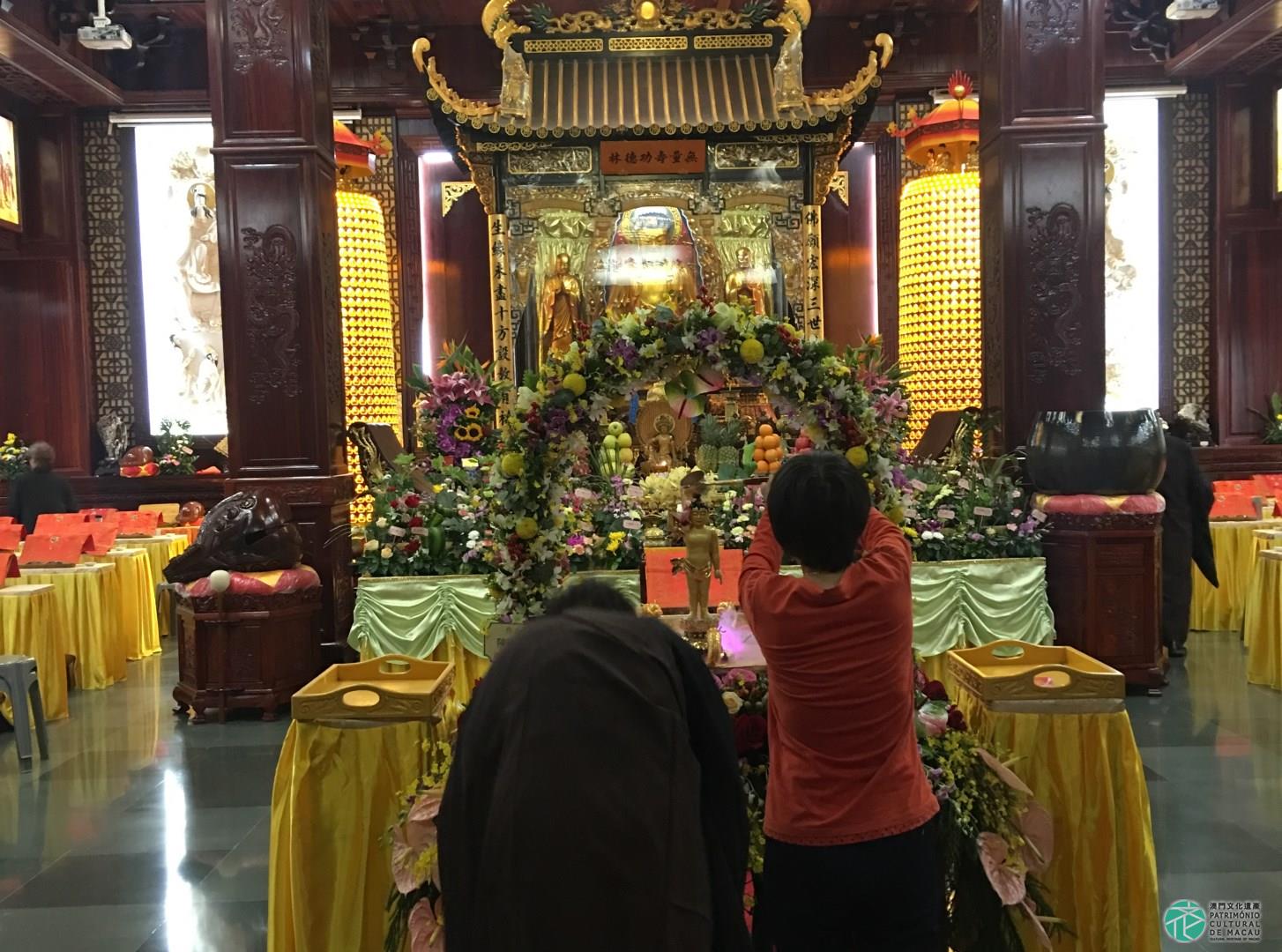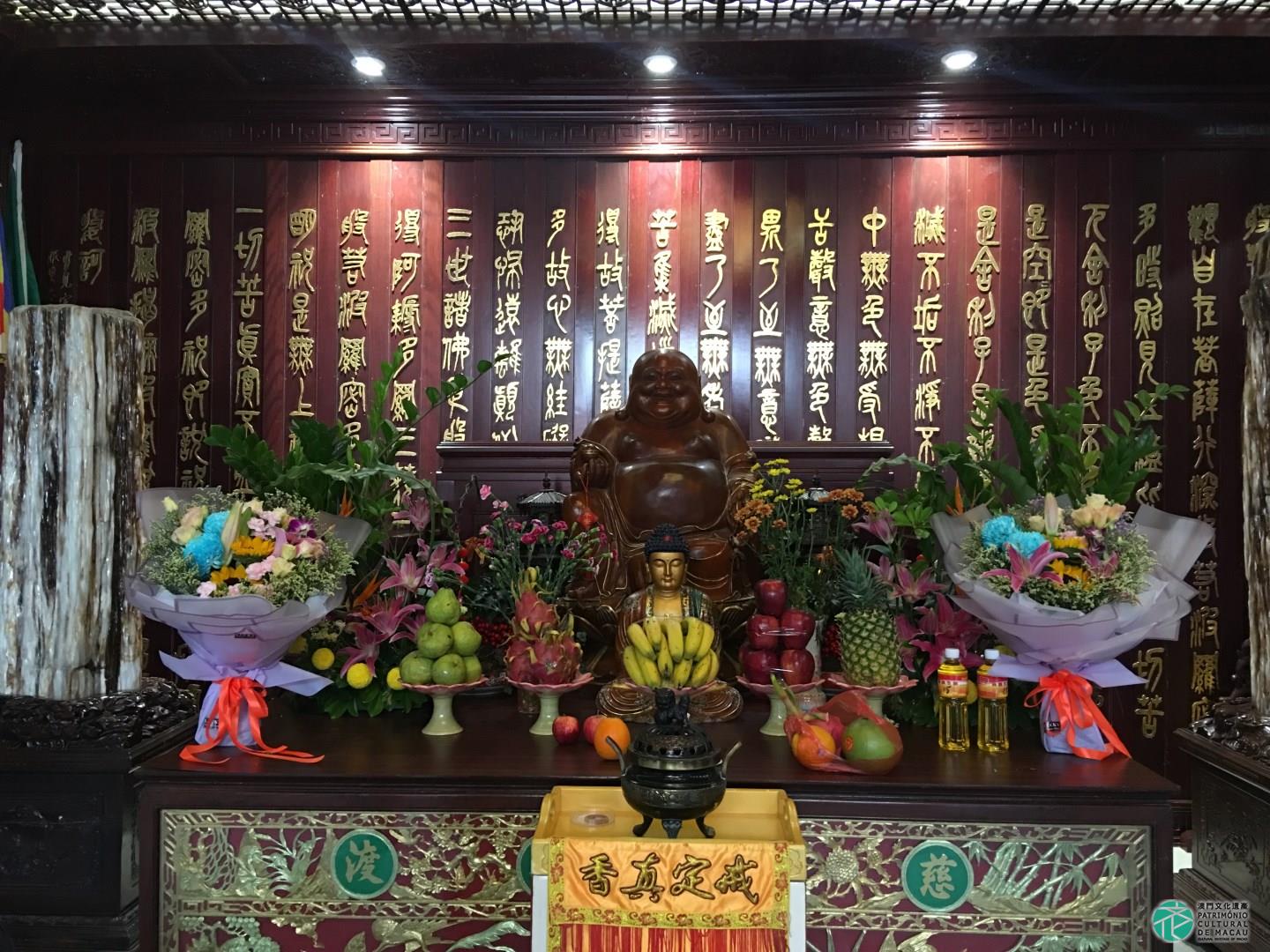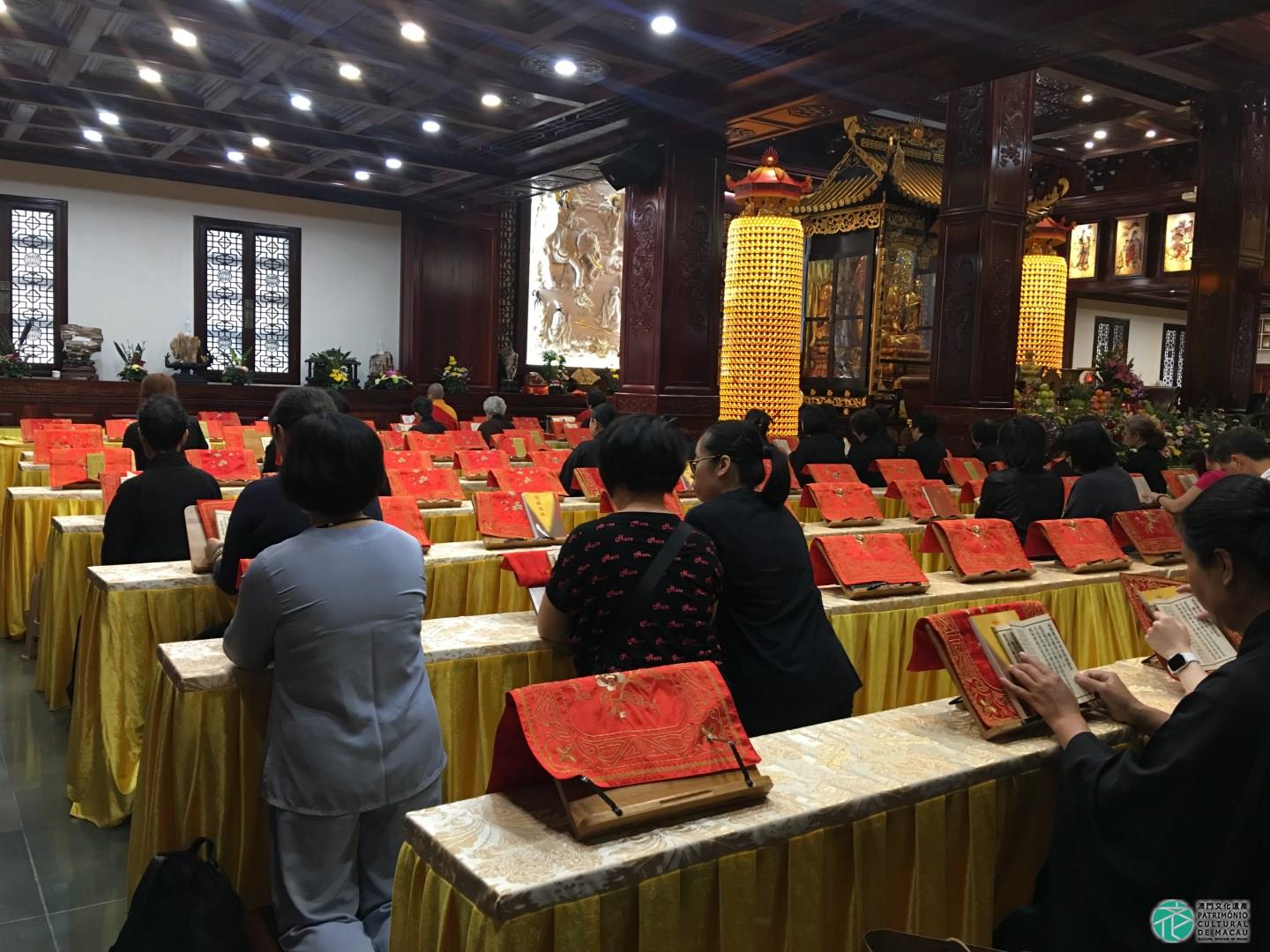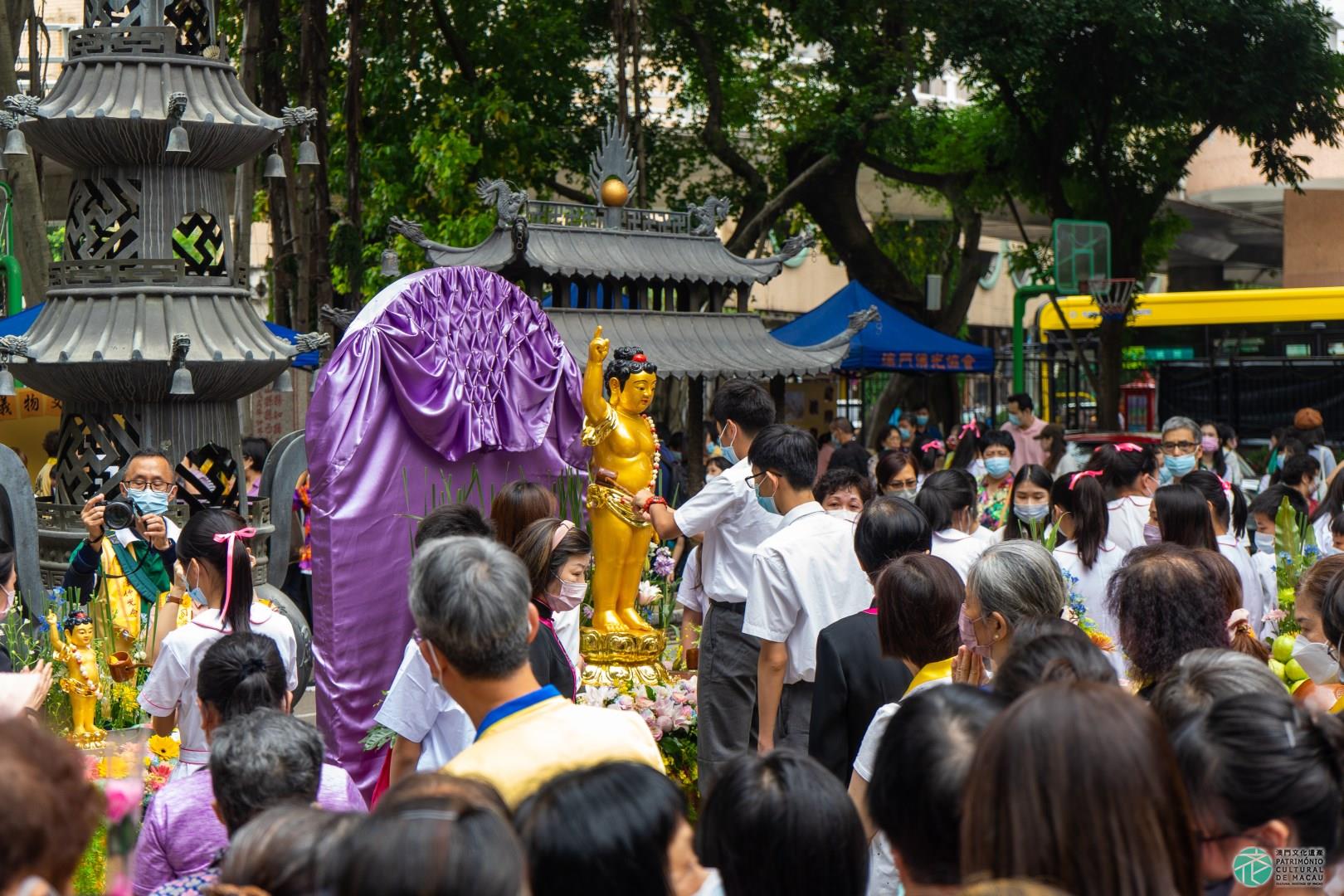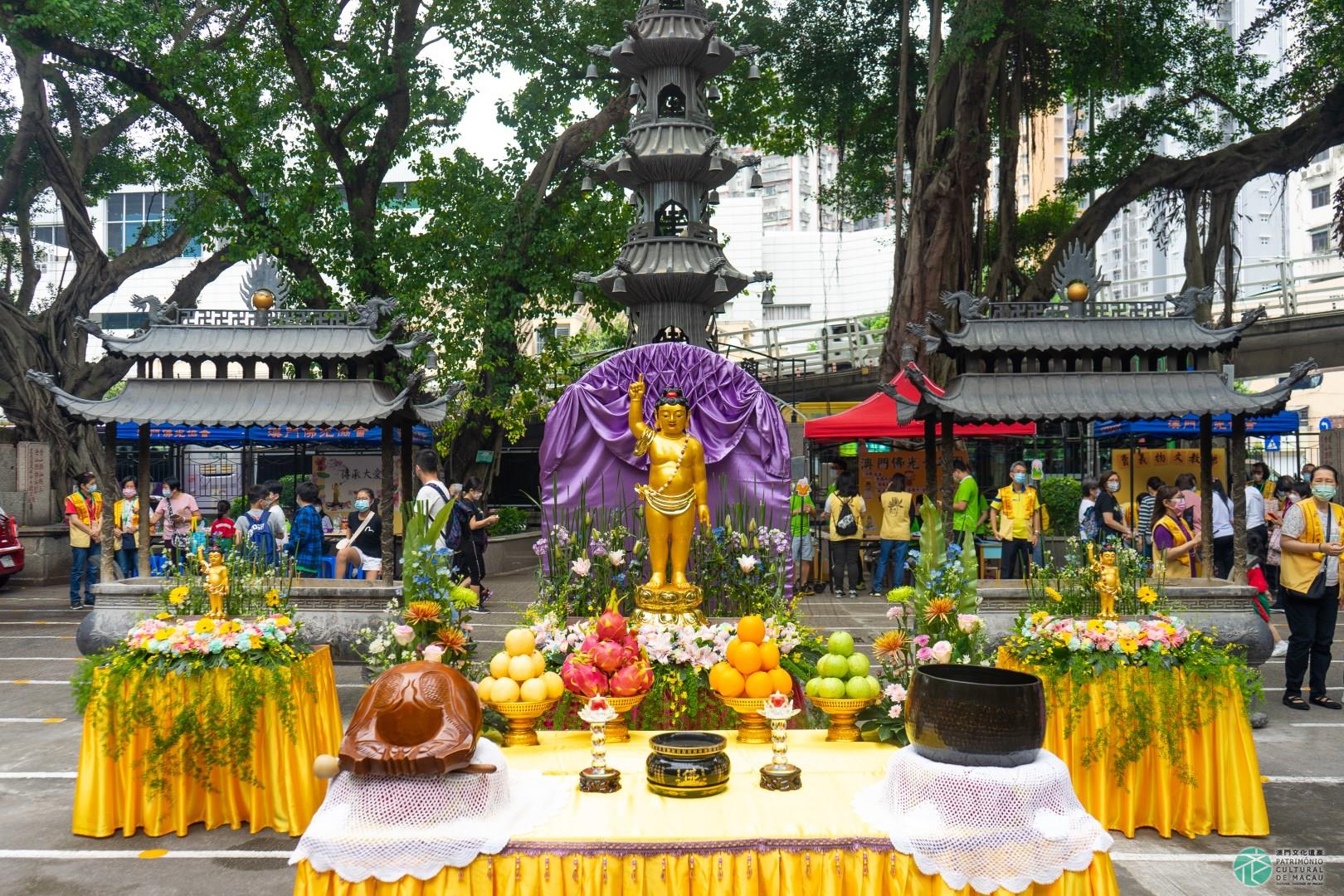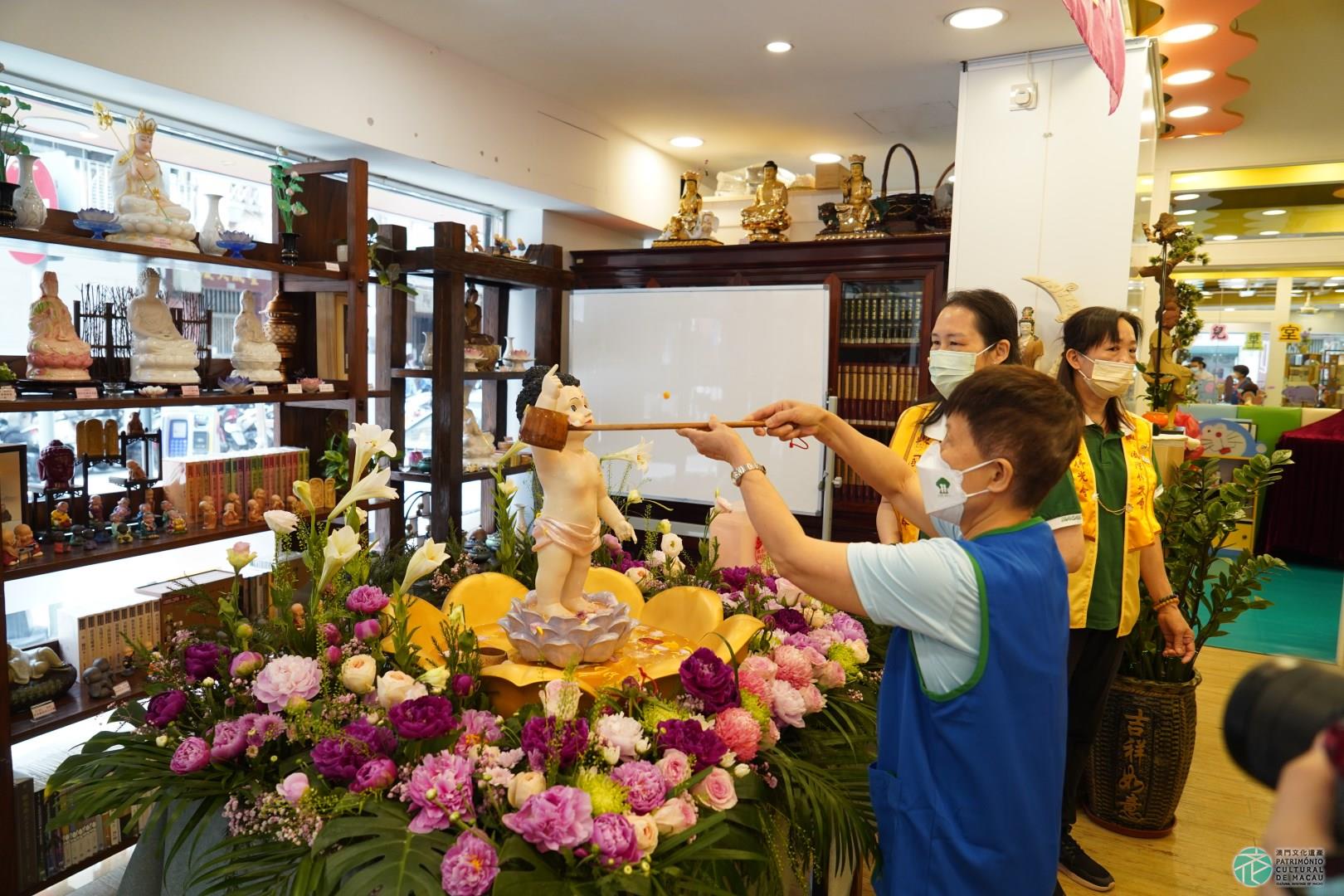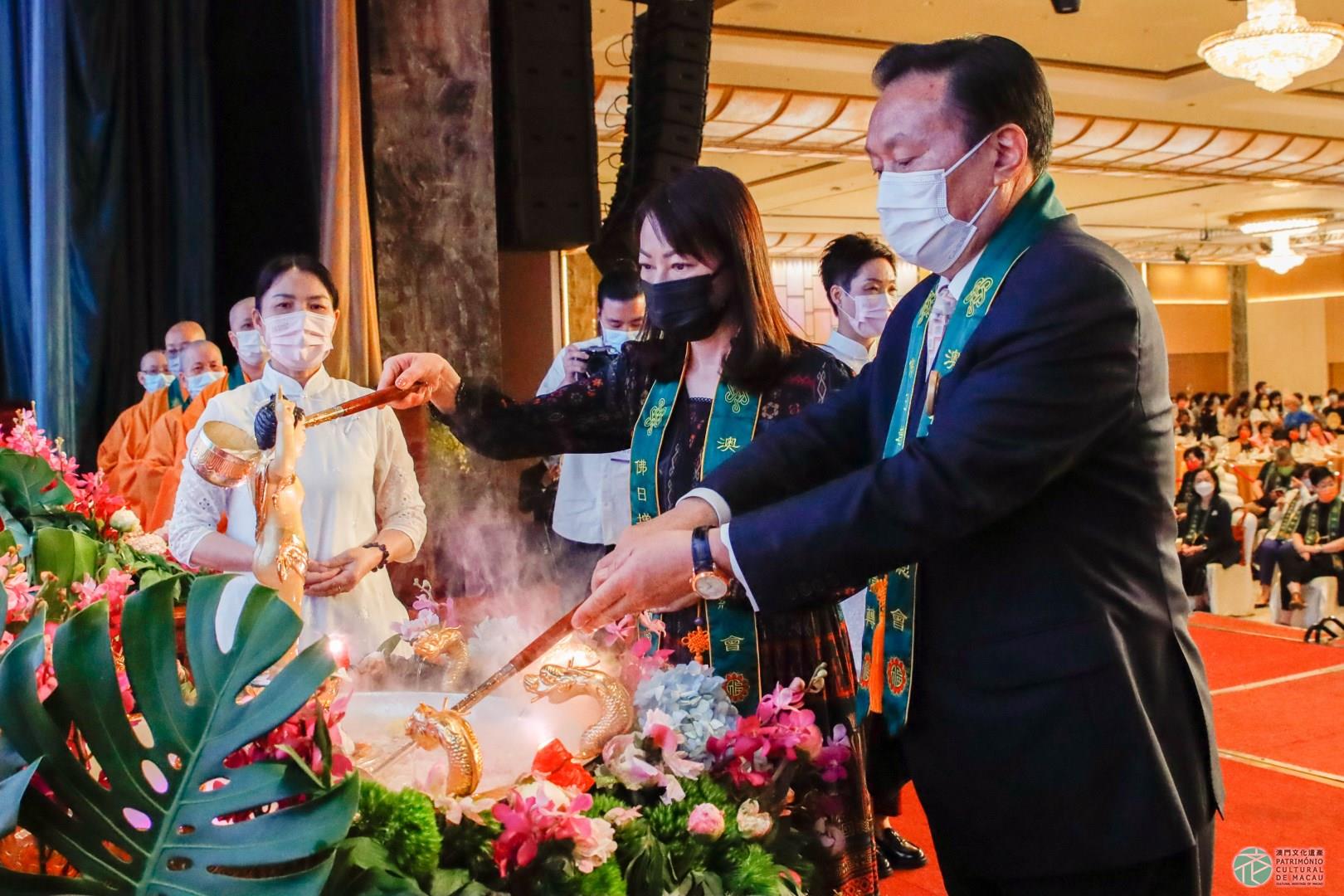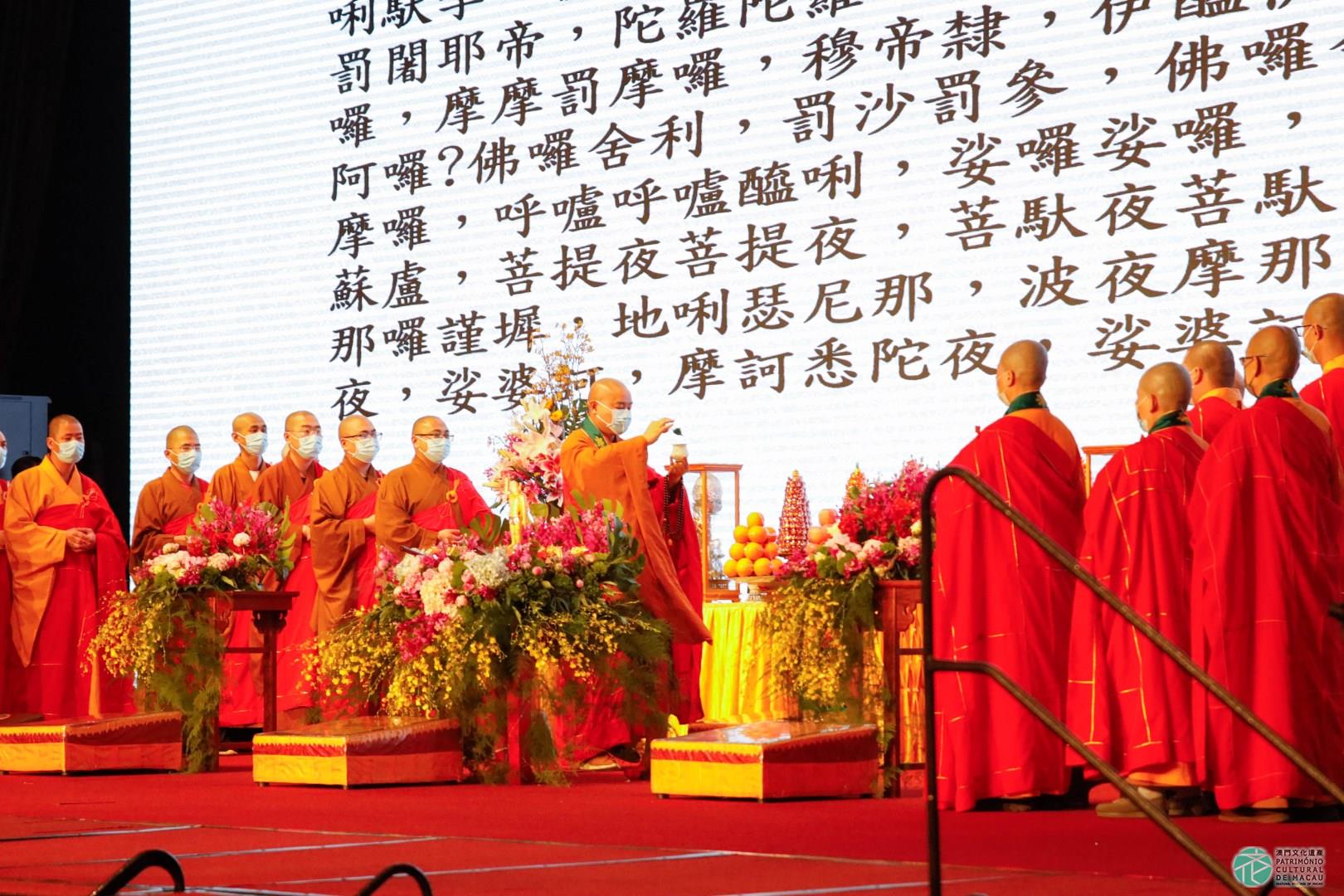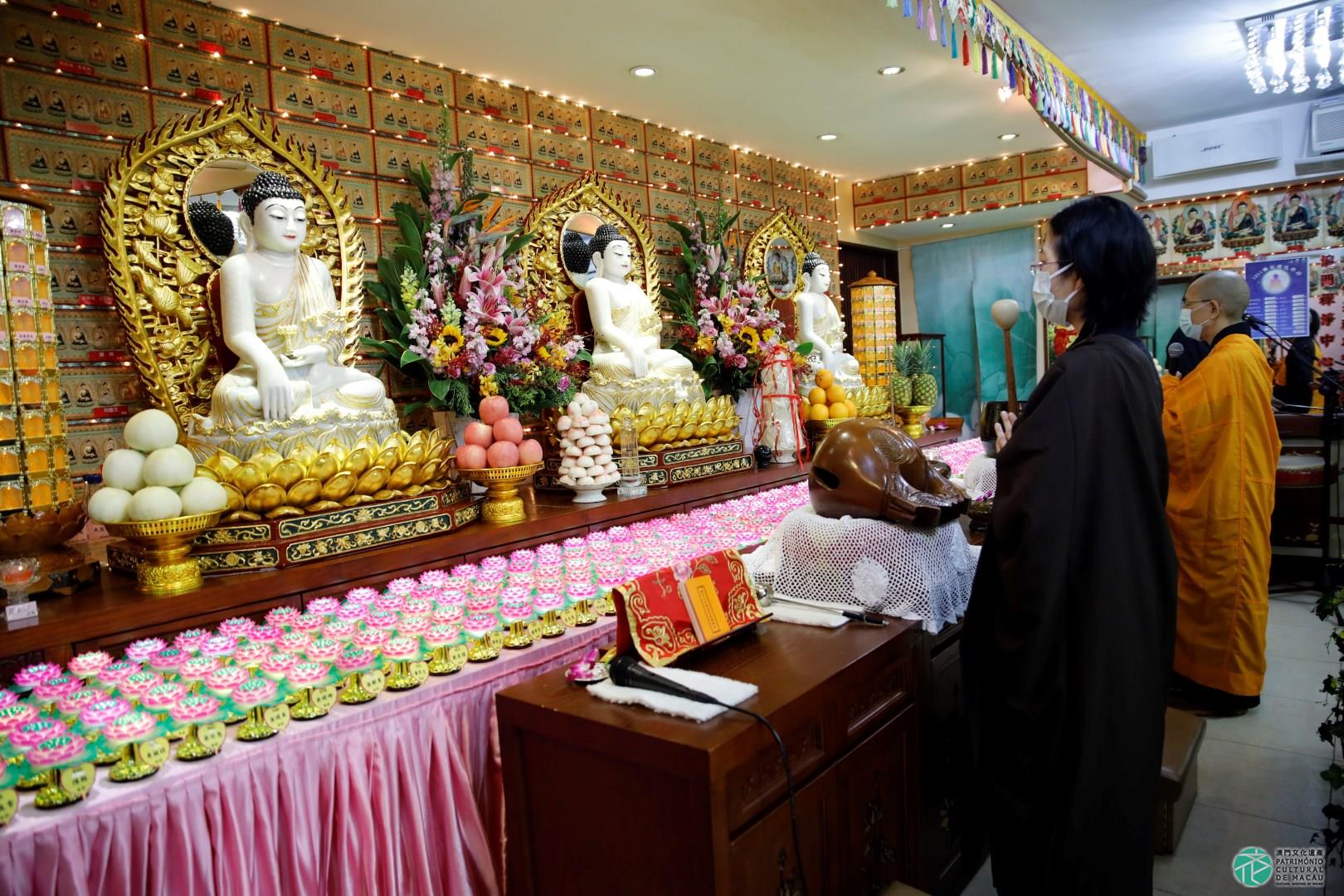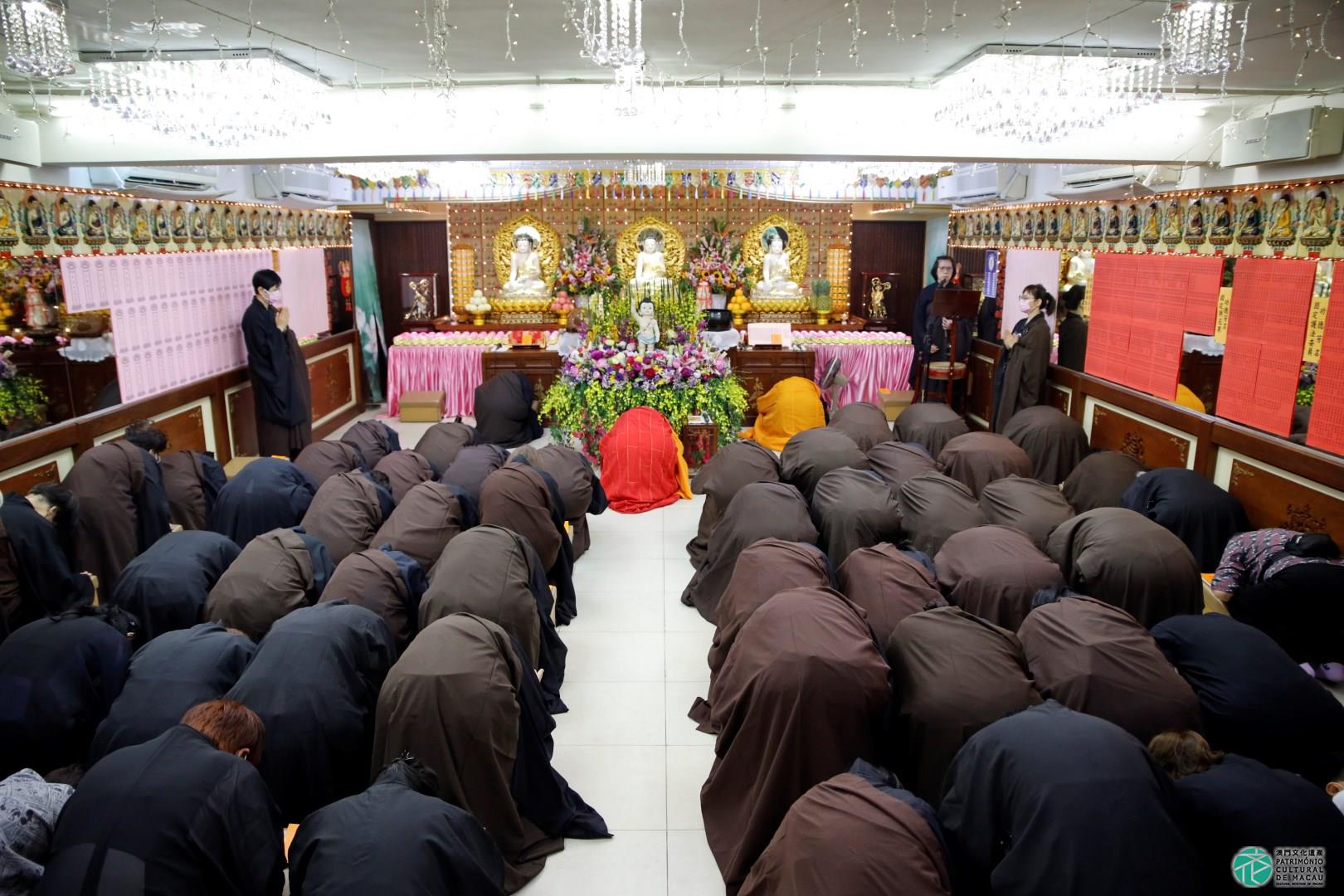Introduction:
The Festivities of the Day of Buddha are celebrations commemorating the birth of Siddhartha,Gautama. The introduction of Buddhism into the Xiangshan county, to which Macao once belonged, can be traced back to the Zen Master Zhenjiao, dating between 860 and 872, during the Emperor Xiangtong's reign of the Tang dynasty. The construction of Buddhist temples in Macao was initiated with the establishment of Pou Chai Temple at the end of the Ming Dynasty. The Festivities of the Day of Buddha are celebrated every year on the 8th day of the fourth lunar month, when Buddhist temples in different districts hold sutra recital ceremonies, rituals of bathing the statue of Buddha to pray for blessings, and lectures to disseminate Buddhism.
Conservation Status:
The Festivities of the Day of Buddha are important for the local community, corresponding to a public holiday of Macao. At present, there are several Buddhist temples in Macao, including the Pou Chai Temple, the Kun Iam Temple (Kun Iam Tchai) and the Kong Tac Lam Temple, which have a large number of followers. These temples and local Buddhist associations usually organize activities on this day, such as sutra recitals and the so-called bathing Buddha. The Festivities of the Day of Buddha also include the bathing of the statue of Buddha, distribution of Buddhist books, sale of vegetarian food and handicrafts for charity purposes, as well as entertainment games, and cultural and recreational performances that engage a large number of participants. In recent years, the celebrations of the birthday of Buddha have been even more diversified, with various additional charity activities. The Festivities of the Day of Buddha are very important, particularly for the local Chinese community of Macao.
Heritage Value:
Buddhism is one of the most popular religions in Macao and its beliefs are some of the oldest. The Festivities of the Day of Buddha are one of the largest and most influential social events. The transmission of this tradition reflects the vitality of the Chinese culture of Macao, being an important element for the study of local folk culture.
